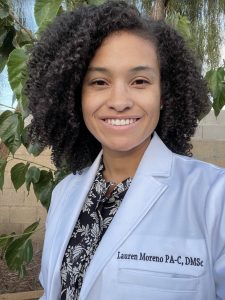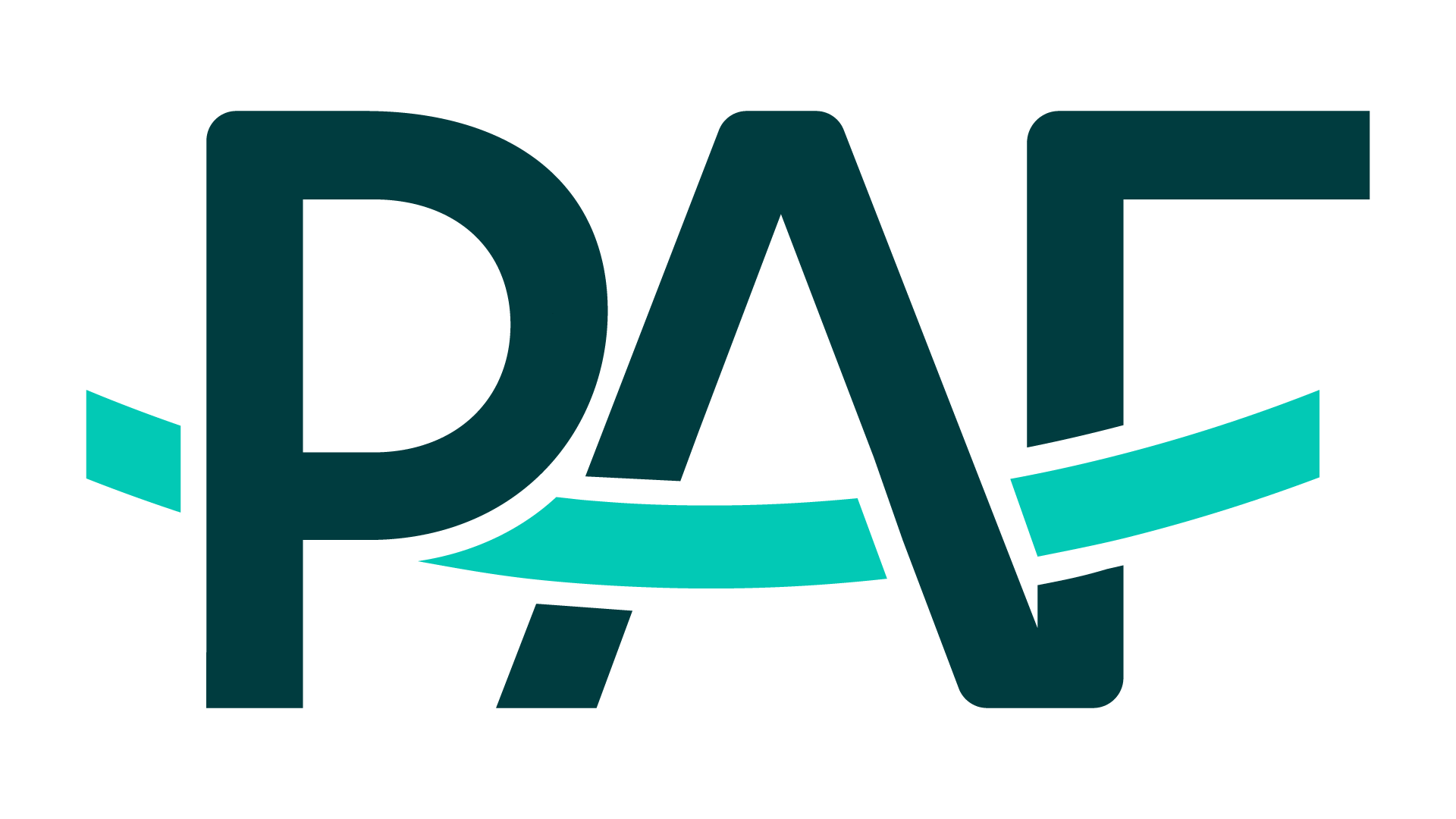Prescribing Protein: The Role of Nutrition in Wound Healing
Lauren Moreno, DMSc, PA-C
PA Foundation Nutrition Outreach Fellow
January 19, 2023

One of the most frequent questions our patients have when recovering from surgery or injury is, “when can I get back to my normal activity?”. Having the tools to help them recover faster is most useful when answering that question. A nutrition plan is one of the simplest things to prescribe to patients. Patients may consider only their emergent needs like pain management and wound care during this time. However, as a Nutrition Outreach Fellow with the PA Foundation, I have learned that nutrition is just as crucial to their recovery journey.
I see patients in a clinical setting soon after routine procedures, emergency surgeries, or with wounds secondary to complications. Many patients still have sutures or surgical adhesives and rely on medical equipment, rehabilitation services, or physical therapy to improve function and well-being. However, rarely are patients informed that their diet can also be a tool in facilitating a faster recovery. The nutritional training I received has significantly impacted my conversations with patients about their recovery. During those discussions, I actively promote and specifically discuss the benefits of protein intake and the value it plays in the body’s repair process. Why? Because a high-protein diet with antioxidants and micronutrients may reduce the length of hospital stays, readmission rates, healthcare costs, and the occurrence and size of pressure wounds[3]. Ultimately, the benefits of a patient’s individual diet also minimize poor outcomes in hospitals and acute rehabilitation facilities.
It is important to define malnutrition with my patients to gauge their health and diet awareness; this helps me to identify those individuals who may be considered high-risk. Patients who are elderly, those with poorly controlled comorbid chronic disease, poor oral health, and social or economic factors are typically of highest nutritional concern [2]. I explain how nutritional imbalance, lack of nutrients, or too many of the wrong types of calories, may be detrimental to their health and recovery. A patient’s detailed medical history can point to potential risk factors for low-protein or low-nutrient diets.
After a focused history and physical exam, many tools aid in assessing and screening a patient’s current nutritional status. One way I like to monitor protein intake is through a 24-hour dietary recall. This tool involves a series of questions that reveal all food and drink consumed within a 24-hour period [4]. Patients can bring a completed recall from home to review or complete it in the office. The data collected allows myself and the patient to review a detailed account of their intake. After reviewing this information, nutrition goals for patient success can be set, and a detailed plan can be developed to help the patient determine the amount of protein consumed at each meal. This process allows the patient to feel autonomous and creates confidence toward their success. In my experience, lack of patient preparedness and generic treatment plans are common barriers to implementing a nutrition plan. A discussion with individualized guidelines puts responsibility on the patient and directly impacts their efficacy as they heal. Wounds like pressure injuries, arterial and venous ulcers, or diabetic ulcers require an increase in the recommended intake of protein from 0.8 to 1.2-1.5 grams per kilogram of body weight per day [5]. This might sound daunting for patients. Using familiar language and items for estimations helps providers and patients visualize daily needs and make them more attainable. For example, a deck of cards can equal 3 to 4 ounces of meat, or 4 stacked dice can equal one ounce of cheese [6]. While being aware of cultural differences and dietary restrictions, you can suggest incorporating high protein items like lean chicken breast or pork chops, tuna, skirt steak beef, lentils, low-fat yogurt, or eggs [7].
Overall, nutrition is highly valuable in the recovery process for major types of wounds. These injuries to the body can bring stress to our healthcare system; however, this impact can be avoided through a proper nutrition plan. Screening tools, such as the 24-hour recall, are most beneficial to guide your assessment and plan. Protein is one essential macronutrient that assists in wound healing. Having discussions regarding the patient’s diet, dietary restrictions, and economic status can direct you and your patient to determine the most appropriate protein sources. What we eat should be considered as a resource for more efficient wound management recovery. Addressing patient nutrition as part of their wound-healing process provides benefits beyond the individual; malnourished patients place a negative impact on hospitals and acute rehabilitation facilities. Nutrient-rich and high-protein diets are instrumental to smooth recoveries and happy and healthy patients.
References
- Mogensen KM, Malone A, Becker P, et al. Academy of Nutrition and Dietetics/American Society for Parenteral and Enteral Nutrition Consensus Malnutrition Characteristics: Usability and Association With Outcomes. Nutrition in clinical practice: official publication of the American Society for Parenteral and Enteral Nutrition. 2019;34[5]:657-665
- Gillis C, Wischmeyer PE. Pre-operative nutrition and the elective surgical patient: why, how and what?. Anaesthesia. 2019;74 Suppl 1:27-35. doi:10.1111/anae.14506
- Elia M, Normand C, Norman K, Laviano A. A systematic review of the cost and cost effectiveness of using standard oral nutritional supplements in the hospital setting. Clin Nutr. 2016;35[2]:370-380. doi:10.1016/j.clnu.2015.05.010
- Hamacher A,Wright. Nutrition and Wounds. Lecture presented by: Nutrition Outreach Fellowship PA Foundation; July 26, 2022; online.
- Munoz N, Litchford M, Cox J, Nelson JL, Nie AM, Delmore B. Malnutrition and Pressure Injury Risk in Vulnerable Populations: Application of the 2019 International Clinical Practice Guideline. Adv Skin Wound Care. 2022;35[3]:156-165. doi:10.1097/01.ASW.0000816332.60024.05
- Hamacher A,Wright. Nutrition and Wounds. Lecture presented by: Nutrition Outreach Fellowship PA Foundation; July 26, 2022; online.
- Whitbread D. Top 10 Foods Highest in Protein. myfooddata. Published March 10, 2009. https://www.myfooddata.com/articles/foods-highest-in-protein.php

